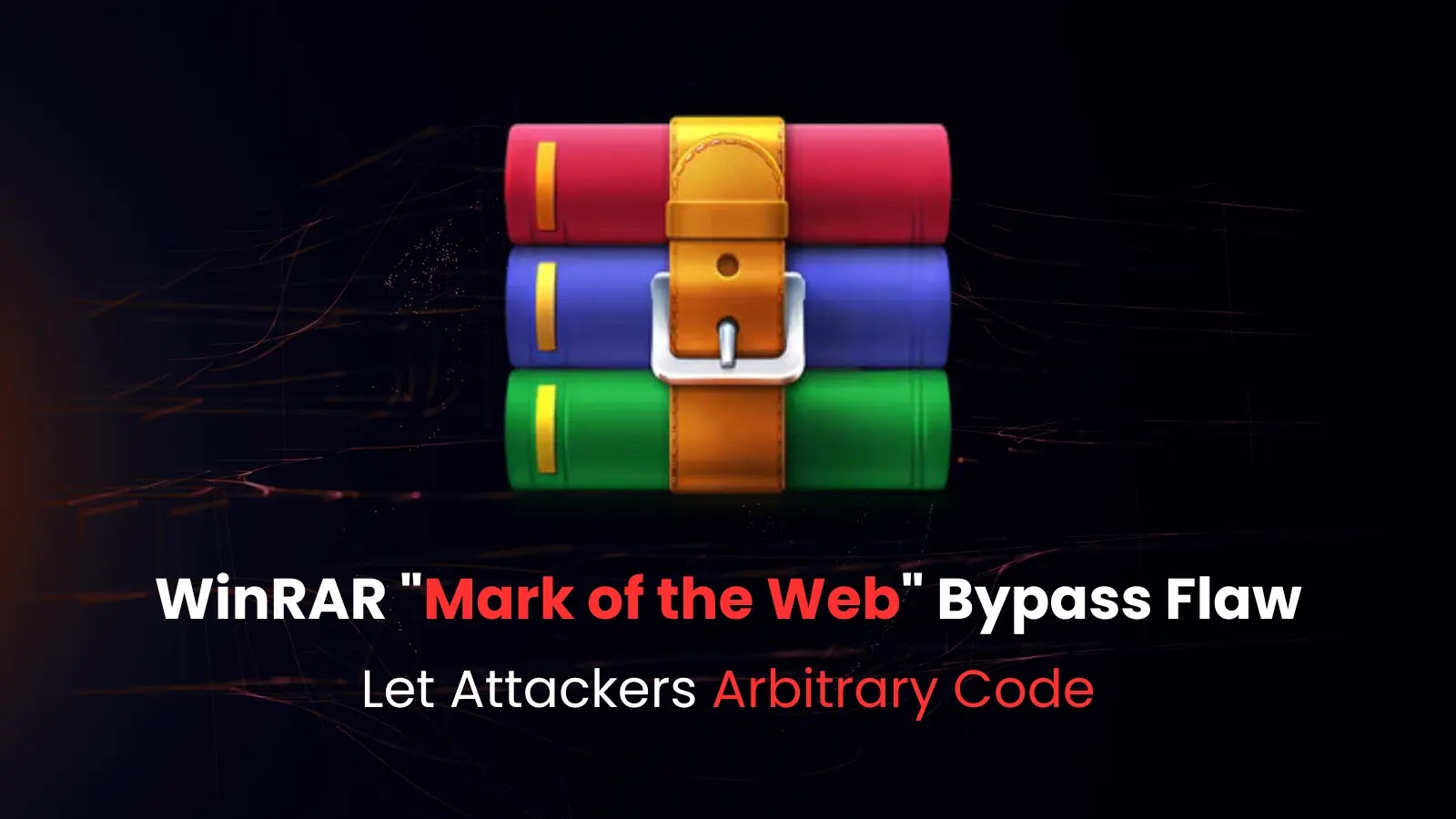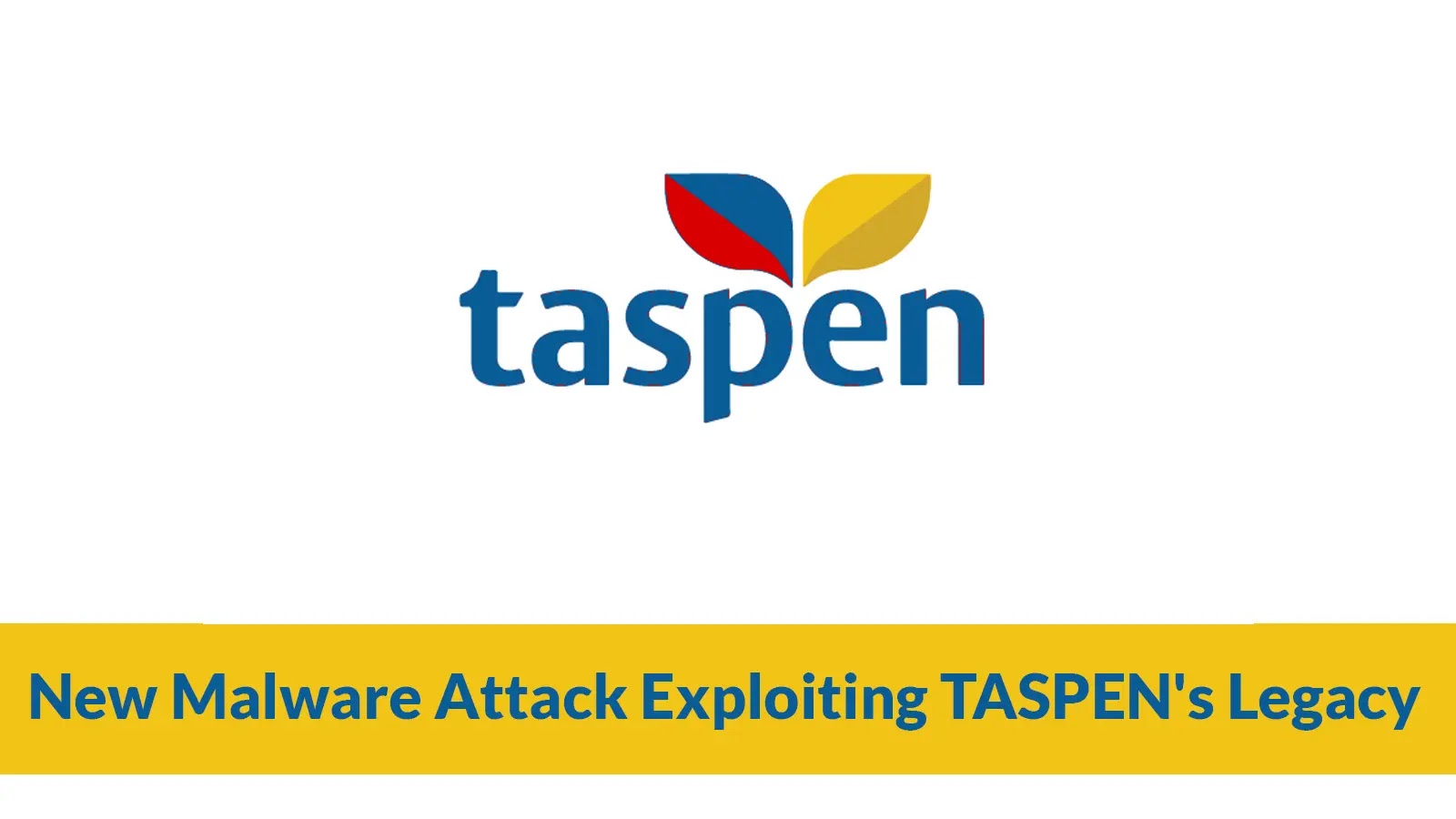A recently identified vulnerability in WinRAR, a widely used file archiver for Windows, allows attackers to circumvent a fundamental Windows security feature, potentially leading to arbitrary code execution on affected systems. This flaw, designated as CVE-2025-31334, affects all WinRAR versions prior to 7.11 and has been assigned a CVSS score of 6.8, indicating a significant security risk.
Understanding the Vulnerability
The core of this vulnerability lies in its exploitation of Windows’ Mark of the Web (MotW) security feature. MotW is designed to flag files downloaded from untrusted sources, such as the internet, and restrict their execution to protect users from potentially harmful content. However, attackers have discovered a method to bypass this protection by manipulating WinRAR’s handling of symbolic link shortcuts—files that point to other files or directories.
When a user extracts a malicious archive containing a specially crafted symbolic link, WinRAR fails to apply the MotW flag to the linked executable. This oversight allows malicious code to execute without triggering Windows’ standard security warnings, effectively bypassing a critical layer of defense.
Technical Details and Exploitation
Exploiting this vulnerability involves several steps:
1. Crafting the Malicious Archive: An attacker creates an archive file that includes a symbolic link pointing to a malicious executable.
2. Distribution: The malicious archive is then distributed to potential victims through phishing emails, compromised websites, or other deceptive means.
3. Extraction and Execution: When the victim extracts the archive using a vulnerable version of WinRAR, the symbolic link is processed without the MotW flag. If the user opens the linked file, the malicious code executes without any security prompts or warnings.
Privilege Requirements and Attack Vectors
It’s important to note that creating symbolic links typically requires administrative privileges in default Windows configurations. This requirement may limit the immediate widespread exploitation of this vulnerability. However, systems with compromised administrative accounts or those with relaxed permission settings remain vulnerable. Additionally, attackers who have already gained limited access to a system could escalate their privileges by exploiting this flaw.
Potential Impact
The successful exploitation of this vulnerability can have severe consequences, including:
– Unauthorized Access: Attackers can gain control over the victim’s system, accessing sensitive data and resources.
– Malware Deployment: The flaw can be used to deploy various types of malware, such as ransomware, spyware, or trojans.
– System Compromise: Attackers can manipulate system settings, install backdoors, or use the compromised system as a launchpad for further attacks.
Historical Context and Similar Vulnerabilities
This is not the first time that vulnerabilities related to the Mark of the Web have been exploited. Similar flaws have been identified in other software:
– 7-Zip Vulnerability (CVE-2025-0411): A flaw in 7-Zip allowed attackers to bypass the MotW feature, leading to arbitrary code execution. This vulnerability was exploited in zero-day attacks against Ukrainian organizations, highlighting the real-world impact of such security lapses.
– WinZip Vulnerability (CVE-2024-8811): A similar issue was found in WinZip, where attackers could bypass the MotW protection mechanism, potentially leading to code execution.
These incidents underscore the importance of robust security measures in file archiving tools and the need for users to stay vigilant and keep their software updated.
Mitigation Measures
To protect against the exploitation of CVE-2025-31334, users and organizations should take the following steps:
1. Update WinRAR: Immediately upgrade to WinRAR version 7.11 or later, available on the official RARLAB website. This update addresses the vulnerability and enhances overall security.
2. Restrict Symbolic Link Creation: Ensure that only trusted administrators have the ability to create symbolic links. This restriction can prevent unauthorized creation of links that could be used maliciously.
3. Exercise Caution with Archives: Be cautious when opening archive files, especially those received from untrusted or unknown sources. Even if an archive appears benign, it could contain malicious content designed to exploit vulnerabilities.
4. Implement Security Solutions: Utilize endpoint protection solutions that can detect and block malicious file activity. Regularly update these solutions to ensure they can identify the latest threats.
Discovery and Response
The vulnerability was discovered by Taihei Shimamine of Mitsui Bussan Secure Directions and coordinated through JPCERT/CC and the Information Security Early Warning Partnership. RARLAB responded promptly by releasing a patch in version 7.11, addressing the flaw and reinforcing the software’s security.
Conclusion
The discovery of CVE-2025-31334 highlights the ongoing challenges in maintaining the security of widely used software applications. While the immediate risk may be mitigated by the requirement for administrative privileges to exploit the flaw, the potential impact of successful exploitation is significant. Users and organizations must prioritize updating their software and implementing robust security practices to defend against such vulnerabilities. Continuous vigilance and proactive measures are essential in the ever-evolving landscape of cybersecurity threats.



